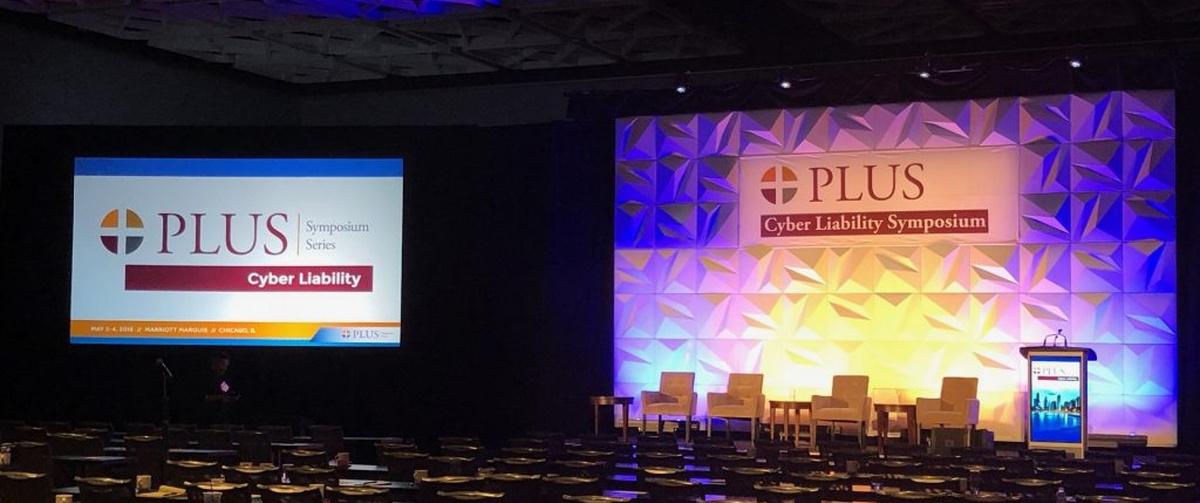Crucial Tactics for Maximizing the Durability of Your LED Display
Wiki Article
Light Emitting Diode screens are becoming progressively popular for multiple applications, from advertising to leisure. To guarantee that these displays function effectively over the years, it is crucial to adopt tactics that maximize their lifespan. Comprehending the factors that affect the longevity of LED walls can assist operators maintain their performance and prevent unneeded substitutions.
One of the main factors that can extend the durability of an Light Emitting Diode wall is proper setup. It is vital to have a skilled team handle the installation procedure to guarantee all components are correctly attached. Inadequate installation can lead to power issues or mechanical damage. Additionally, the placement of the LED wall should take into account surrounding factors such as sunlight exposure and humidity levels. A well-installed screen in a proper site will reduce the chance of damage caused by external factors.

Regular maintenance is a further crucial tactic to prolong the life of an LED screen. This includes regular checks to monitor for any signs of deterioration or failure. Dust and dirt can accumulate on the surface of the Light Emitting Diode screens, impacting luminosity and color quality. Cleaning the screens with appropriate cleaners will assist keep ideal visibility. It is also essential to monitor the electronics behind the screen, making sure that all links are tight and that there are no overheating issues, which can significantly shorten the lifespan of the components.
Electrical control plays a vital role in improving the longevity of an LED screen. Excess voltage here are the findings or fluctuating power supply can damage the internal circuitry. To prevent this, using a high-quality power supply and implementing overvoltage protection strategies is recommended. Additionally, adjusting the display to operate at lower luminosity levels when intense luminosity is not required can reduce stress on the lights. This not only prolongs the durability of the screen but also saves energy, making it a cost-effective choice.
Furthermore, program management can affect the functionality of Light Emitting Diode walls. Regularly updating the software that controls the display ensures that it runs efficiently and incorporates any necessary security patches. Outdated software can lead to performance issues and may expose the system to vulnerabilities. Proper scheduling of content can also help in managing the workload of the display, allowing it to rest during non-peak hours, which can contribute to a longer lifespan.
In summary, maximizing the lifespan of an Light Emitting Diode wall involves a combination of appropriate installation, regular upkeep, effective power management, and careful software management. By focusing on these critical strategies, operators can ensure that their LED screens remain operational and aesthetically appealing for numerous seasons. Taking preventive steps will not only enhance the functionality of the LED screen but also offer a better yield on investment over time.